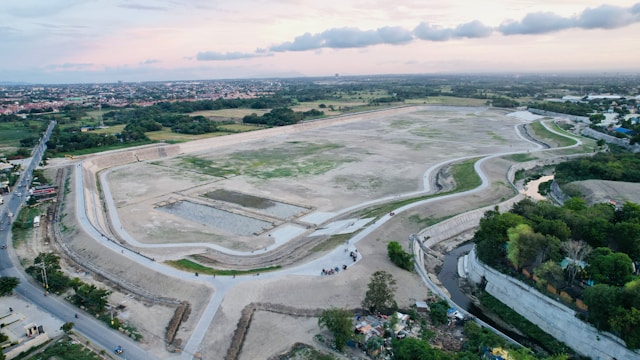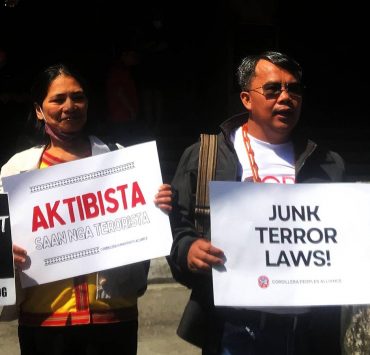What do we do with all this water?

Water is managing us, not the other way around.
We must manage water not only at the national level, but also at the local level. Without effective local water governance, national governance will fail.
Water is nowhere and everywhere. I’m talking about El Niño and La Niña, respectively.
According to the Department of Agriculture, El Niño brought damage to agriculture totaling P15.3 billion, affecting 333,135 farmers and fisherfolk in 15 regions nationwide.
What misfortunes will La Niña bring this time?
The need for competent water management was highlighted as early as June 20, 2017.
Back then, the Office of the President formed a public-private sector committee to work toward a national water roadmap and summit. The OP was the chair, while the Department of Environment and Natural Resources (DENR) was secretariat. Participating government agencies were the departments of Agriculture, Public Works and Highways, Interior and Local Government, National Defense and the National Economic and Development Authority.
The technical advisory group came from the University of the Philippines Los Baños (UPLB), headed by Dr. Patricia Sanchez, who is now chair of the Interdisciplinary Studies Center for Water.
From the private sector, I assisted as its secretary general.
Water summits
Seven water summits, held in Luzon, Visayas and Mindanao, focused on areas identified by the Asian Development Bank (ADB) in its water governance reports of 2013 and 2016. In both studies, the Philippines ranked in the bottom third of 48 countries in terms of governance.
These summits produced seven volumes on different governance aspects, each signed by a different UPLB dean. This may have been part of the reason why the Philippines improved its ranking in the 2020 ADB follow-up study.
Of the several recommendations given, three were selected by the committee as the most important. They were: (1) the creation of a Department of Water to integrate and coordinate the activities of 34 water-related government agencies; (2) upscaling of water harvesting, where we have a 4-percent rate compared to 60 percent of India; and (3) strengthening of our 18 river basin management councils (RBMCs).
The RBMC is the vehicle recognized worldwide to be the best vehicle to implement an Integrated Water Resources Management (IWRM). IWRM is defined by the Global Water Resource Partnership as “a process which promotes the coordinated development and management of water, land, and related resources, in order to maximize the resultant economic and social welfare in an equitable manner without compromising the sustainability of vital ecosystems.”
Even with credible national water governance, without local governance, water management has been found to fail. This is what we are seeing today. Currently, the average budget for an RBMC is below P1.5 million. Congress is now deliberating whether they should increase this or not.
Threats
Last Aug. 7, Sanchez wrote: “River basins are under the threat of both natural and human-induced issues. Recent flooding and drought events mirror the state of our river basins today.”
Dr. Rex Cruz, who has worked with six RBMCs, said P8 million per basin was needed to cover full-time personnel, basic instrumentation equipment and other necessary operational expenses.
Water governance expert Hilly Ann Roa-Quiaoit said this would enable the RBMC to coordinate the millions of pesos from local governments, government agencies, and the private sector for effective IWRM implementation.
Former Cagayan de Oro RBMC cochair Bishop Antonio Ledesma added that even a small P8-million budget would improve RBMC effectiveness from “4” to “8” on a 10-point scale.
Supporting and strengthening the RBMCs is the third priority recommendation of the public-private committee on water that is the only one left not done after six years.
With our current difficult situation and our recent governance lapses, Congress must now increase the RBMC budgets in their ongoing deliberations.
We can successfully manage water, instead of the other way around. Several countries are using RBMCs for effective IWRM implementation. This has resulted in globally recognized significant water governance success. We must ensure we are not left behind. INQ
The author is Agriwatch chair, former secretary of presidential flagship programs and projects, and former undersecretary of the Department of Agriculture and the Department of Trade and Industry. Contact is agriwatch_phil@yahoo.com
The author is Agriwatch chair, former secretary of presidential flagship programs and projects, and former undersecretary of the Department of Agriculture and the Department of Trade and Industry. Contact is agriwatch_phil@yahoo.com.

















